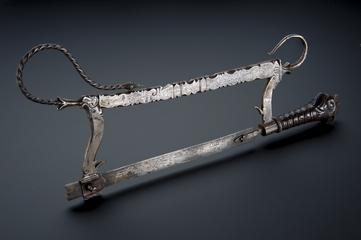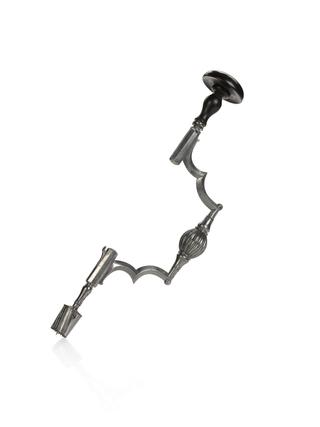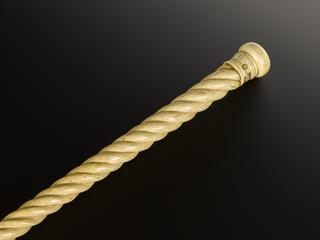
Electric autoclave for sterilising surgical instruments
- Made:
- 1900-1940 in United Kingdom
Electric autoclave for sterilising surgical instruments, British, early 20th century
Autoclaves are containers in which stainless steel surgical instruments are sterilised under high-pressure steam. Around 20 degrees above boiling point, the steam fills the oven-like chambers for an hour, destroying infection-causing bacteria. The process, known as asepsis, prevents transfer of bacteria in the first place. Surgical gowns and masks worn by medical teams do a similar job.
Introduced into surgery in the 1890s, autoclaving is now an important standard practice, carried out in designated hospital departments by trained staff. The name autoclave means auto or self from Greek and the Latin clavis meaning key or self locking.
Details
- Category:
- Surgery
- Collection:
- Sir Henry Wellcome's Museum Collection
- Object Number:
- A630677
- Materials:
- metal (unknown), copper (alloy), rubber (unidentified), wood (unidentified), glass, ceramic (unspecified) and plastic (unidentified)
- Measurements:
-
overall: 1730 mm x 800 mm x 840 mm, 101 kg
- type:
- autoclaves
- credit:
- Loan, Wellcome Trust




